It’s been a while since we received any samples from AMD, and alas – after months of waiting we’ve got our hands on one – in the form of the Radeon R9 380X graphics card. This card has been released months ago, specifically last year’s November 19th which is undoubtedly around the borderline of “old and new” by today’s standards especially when the next generation cards are just looming around the corner. That aside, the AMD Radeon R9 380X positions itself between the GTX 960 and the GTX 970 from Nvidia, with a market price at around 180-230 USD internationally as of this writing.
Our sample is in the form of the ASUS Radeon R9 380X STRIX; A factory overclocked model that features 1030 MHz core clock, 1425 MHz memory clock speed, and the STRIX standard oDB fan technology with DirectCU cooling combo. This is perhaps one of the best R9 380X models out there, and with that said we are to test its capabilities if it’s enough to put a seal on the price gap provided by AMD’s competition.
Table of Contents:
Specifications
The AMD Radeon R9 380X is essentially an enhanced version of the Tonga based R9 GPUs, with 32 GCN compute units, 256-bit GDDR5 memory interface and 4GB of VRAM. The Radeon R9 380X, according to AMD, is their Nvidia GTX 960 killer, pitting the card against it at 1440P (WQHD: 2560 x 1440) gaming. AMD told us that it is their sweet spot graphics for the 1440P crowd, and supports AMD’s latest features. That includes DirectX 12 support, AMD FreeSync technology, Frame Rate Target Control, and Virtual Super Resolution support.
The card seems to be a nice step up from the R9 380 non X version, which is most probably due to additional Texture Mapping Units (128 vs 112) and a faster core clock speed (1000+ MHz capable).
Design
The card comes in a standard issued ASUS STRIX branded packaging that consists of a color box, and a thicker inner cardboard box. There’s also an included invite code for the World of Warships game with a 15 day premium account subscription / trial. This of course depends on the region.
Bundle includes a software DVD, a quick installation guide, a STRIX case badge, as well as a 6 + 6-Pin to 8-Pin power connector. An average bundle of accessories and paper works which we do not intend to scrutinize.
The ASUS R9 380X STRIX stands at 5.46 inches, is 10.64 inches long, with a familiar design that is suitable for younger generation of gamers. The cooler is a Direct CU II variant with heatpipes connected to an array of dense aluminum fins. Active cooling is a courtesy of ASUS’ Dual Wing-blade fans that automatically turns themselves off when the card is idling or meets the temperature requirement of the card for the feature to kick in. It is important to mention that this card’s particular shroud is plastic, as opposed to higher-end STRIX graphics cards with a metal shroud. Glad there’s a back-plate though.
The card has a thick brushed aluminum back plate that runs from the card’s output ports, and extends away covering up the majority of the cooler’s extension. Acting like a brace, the back-plate also helps the card to maintain rigidity under stressful conditions.
The card is rated to consume power at load below the 200W mark, and thus a combination of 2x 6-Pin power connectors are required. Together with the PCI-E slot, the card could theoretically take 225W of power.
The ASUS R9 380X STRIX features four display output ports, with a regular size DisplayPort leading the pack together with 2x DVI ports and an HDMI port. There’s also an array of ventilation holes on this area of the card. Now onto the testing.
Test Setup
Graphics cards are no strangers in our labs, but providing a precise result usually needs a lot of time and effort on our end. Helping us to do those things are hardware and software based measurement tools, an updated copy of Windows 7 Ultimate x64 SP1 for the OS, and wide selection of the popular games that most probably, will sate your appetite. The BIOS/UEFI, Chipset, and Video Card drivers of the test system will be updated too, as much as possible every review. Power Options is set to balanced.
No third party background softwares should be executed while the benchmarks are on going unless it is needed or stated. As for the gaming benchmarks alone, tests should include 720P (1280 x 720), 1080p (1920 x 1080), 1440p (2560 x 1440), and 4K UHD (3840 x 2160) resolution results if permitted by the games, and benchmarking tools, or if necessary to the hardware being tested.
| TEST SYSTEM SPECIFICATIONS | ||
| CPU | INTEL CORE I5 4670K | |
| MOTHERBOARD | ASUS Z97-PRO WIFI AC | |
| CPU COOLER | COOLER MASTER SEIDON 120XL | |
| MEMORY | CORSAIR VENGEANCE PRO @2133 MHZ 16GB | |
| GRAPHICS CARD | ASUS R9 380X STRIX 4GB | |
| INT. STORAGE | KINGSTON HYPERX FURY SSD 240GB | |
| PSU | BITFENIX FURY 650G 650W | |
| DISPLAY | 27″ DELL U2715H WQHD IPS PANEL | |
| OS | MICROSOFT WINDOWS 7 ULTIMATE X64 SP1 (UPDATED) | |
| SOUND CARD | REALTEK ALC1150 | |
| EXT. STORAGE | 2TB WESTERN DIGITAL MY PASSPORT | |
Synthetic
3DMARK (2013) is a multi-platform benchmarking tool from FUTUREMARK, consisting of comprehensive tests that aims to gauge your gaming hardware. Fire Strike is our selected benchmark preset.
CINEBENCH R15 is a real-world cross-platform test suite that evaluates the computer’s performance capabilities. The OpenGL benchmark is selected for this test.
Kishonti’s CompuBench is an easy to use, no frills high performance suite of benchmarks. We selected the Face Detection & Vector Calculation tests as our benchmarks.
On our wave of synthetic benchmarks, the AMD Radeon R9 380X is able to keep up even with the last generation’s flagship – the GTX 780 Ti. That said, it showed that it could go head to head with such a great card of its day when it comes to compute and OpenGL performance. On 3DMark 2013, it’s another story – showing that no matter how good the Radeon R9 380X is on compute, the GTX 780 Ti stil got the upper hand on a closer to reality environment.
Gaming
Dragon Age: Inquisition an action role-playing video game developed by BioWare and published by Electronic Arts. It utilizes the Frosbite 3 Engine with the SpeedTree technology. VSync is off.
The Witcher 3: Wild Hunt is an action role-playing video game set in an open world environment, developed by Polish video game developer CD Projekt RED. Nvidia HairWorks is disabled, and VSync is off.
Battlefield 4 is one of EA & DICE‘s first person shooters utilizing the Frostbite 3 game engine. It features greater tessellation effects and destruction compared to its predecessor. VSync is turned off.
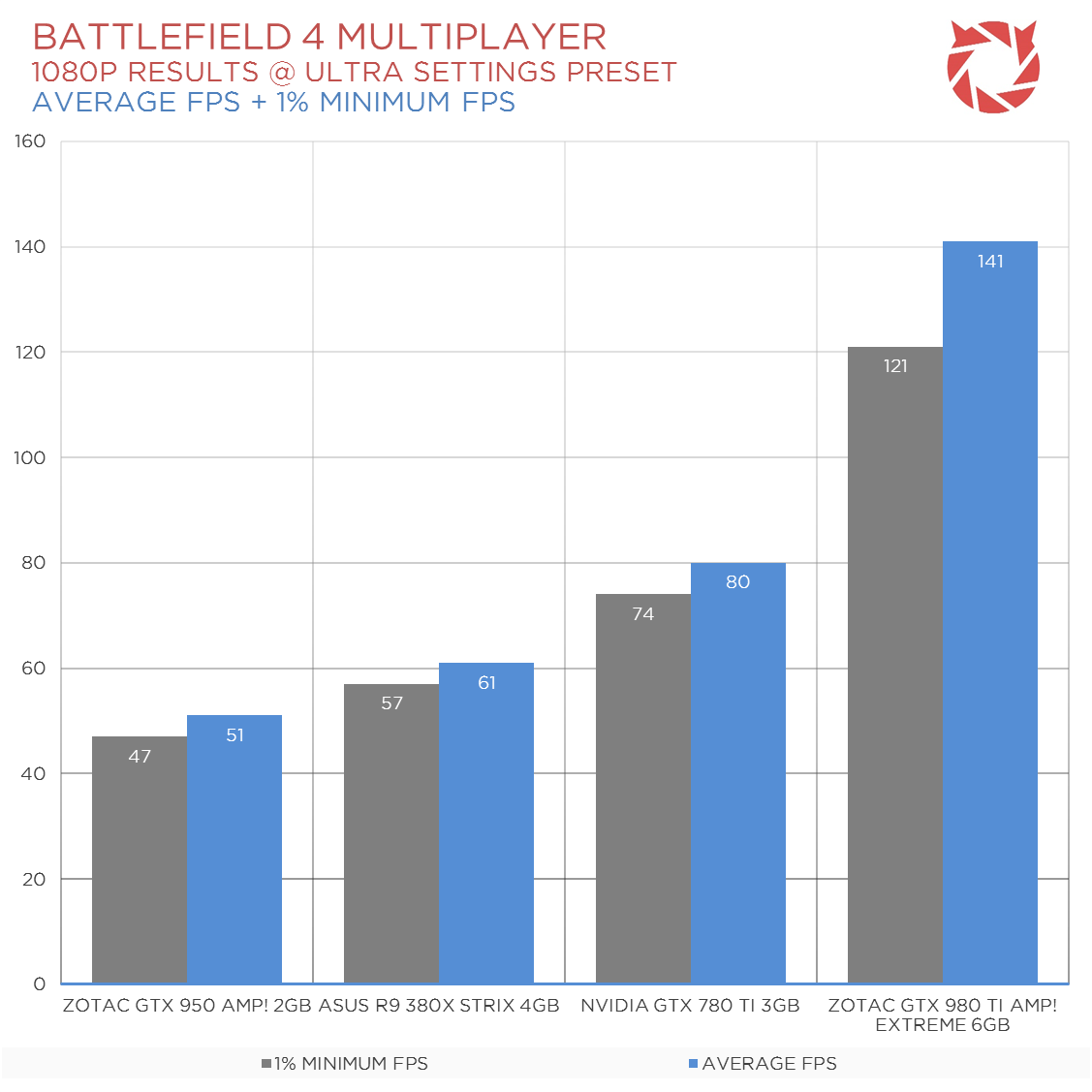
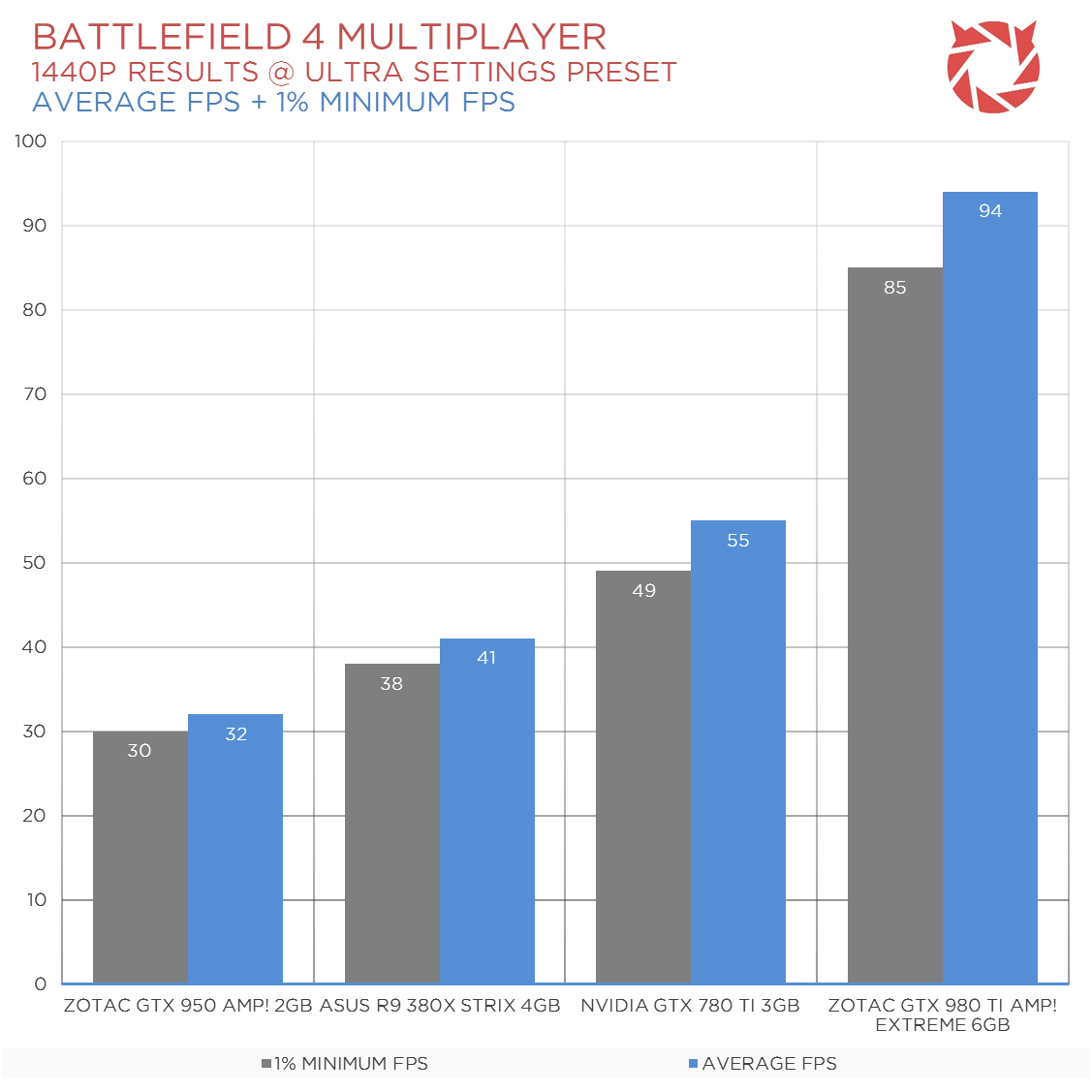
DOTA 2 is a Multiplayer Online Battle Arena (MOBA) video game developed by Valve and is the stand-alone sequel to the Warcraft III based Defense of the Ancients (DotA) mod. VSync is off, and we are using DOTA 2’s OpenGL Engine for the benchmark.
Counter-Strike: Global Offensive is a popular online tactical first-person shooter developed by Hidden Path Entertainment and Valve Corporation, utilizing the Source Engine. Vsync is off as well as FXAA.
The ASUS R9 380X STRIX is able to keep up the pace with the higher end graphics cards around, and that of course means that it could deliver a solid 1080P performance, with a playable 1440P performance metrics as well.
Frame Analysis
Our game of choice when it comes to Frame Time Analysis is Dragon Age: Inquisition. It’s basically a finished game and works quite nice with AMD & Nvidia cards despite the branding with AMD’s Mantle.
The Frame Time Variance between each frames rendered are smooth enough with the ASUS R9 380X STRIX, and there hasn’t been any major anomalies between frames or skipping based on our analysis. Further more, the 99th Percentile, the card is expected to render frames below 17.6ms most of the time – which is more than enough to provide a smooth gaming experience.
Overclocking
The ASUS R9 380X STRIX comes bundled with the GPU Tweak overclocking utility which enables the users to fine tune their graphics for better gaming, and even thermal performance. That said, the utility offers so much for the card to unleash its full performance. However, we decided to go with the MSI Afterburner overclocking utility for comparison, and consistency across the tested cards. You could however, download the ASUS GPU Tweak utility HERE.
The card easily clocks its core at 1101 MHz (+71 MHz), with an effective 1608 MHz memory clock (+183MHz) increase too on the VRAM. That’s the farthest we could get this bad boy without crashing, with a power limit at 20% more. Not bad, but we wished we could do better.
An 8.8% increase in performance can be seen with our Witcher 3 benchmark, with another increase on 3DMARK’s Fire Strike benchmark at 6%. The attained clock speeds aren’t spectacular, but nice results nonetheless.
Temperature
FurMark is a very intensive OpenGL benchmark that uses fur rendering algorithms to measure the performance of the graphics card. It’s not the best tool to measure a graphics card’s horse power, but it excels at displaying the theoretical heat output of the card using its stress test feature. To record the GPU’s maximum temperatures, I will run Furmark’s Fur Rendering Burn-in Test, and let it run for 30 Minutes. The Witcher 3: Wild Hunt is our chosen game for this task, and we will gather our temperature results roaming Velen’s (No Man’s Land) outskirts. 15 minutes of hacking and slashing should be enough for our Witcher senses. As always, we keep the results consistent by keeping the ambient temperature checked at 27ºC.
The ASUS R9 380X STRIX, although already a non reference card, is still quit hot. This is the bane of AMD graphics ever since the era of the HD 4000 Series but compared to other AMD cards I’ve tested in the past, this is actually not that bad for a non reference cooler based thermal performance.
Power
We also check to see how the GPU impacts power consumption using FurMark. The system is left to idle for 30 minutes before readings are taken, and load data is taken 30 minutes while FurMark is running. The Witcher 3: Wild Hunt is our chosen game for this task, and we will gather our power consumption results roaming Velen’s (No Man’s Land) outskirts. 15 minutes of hacking and slashing should be enough for our Witcher senses. Power readings are taken for the entire system from the socket.
Power consumption isn’t also the strongest suit of the R9 380X, but we’re happy to report that the card is able to maintain great efficiency at idle, with a respectable load output while playing games, and stress testing.
Noise
Using FurMark, The Witcher 3: Wild Hunt, and our handy Sound Level Meter, we will take sound level measurements while the system is idling and at load. Our rooms ambient noise levels are around 37 dBA (-1/+1) which is somewhat between a quiet library and a public library. Refer to the chart below for comparison.
The cooling solution dictates a card’s cooling & noise levels, and sometimes it breaks a consumer’s purchase if the card is proven to be noisy. This isn’t a problem with the ASUS R9 38-X STRIX, as it features a good acoustics across gaming and heavy benchmark loads with a maximum of 47dBA noise output together with our system.
Conclusion
The ASUS Radeon R9 380X STRIX 4GB, at around 250 USD is an excellent proposal from AMD, filling the gap between their competitor’s cards with the performance to boot. At 1080P, this card is a beast – able to max out games with the said resolution, displaying solid frame rate, hoovering around 60 FPS at maximum settings. The same thing could be said with 1440P, although if you want to exceed 60 FPS, you have to sacrifice some in-game details and be prepared to lose quite a bit of image fidelity. The 4GB VRAM surely is utilized while we’re testing games on a resolution higher than 1080P.
Build quality speaks very much of ASUS – with a back plate to sweeten up the deal. However, the card still uses the cheaper fan shroud which is made out of plastic and we felt that the design of the R9 280X STRIX is far superior with an all-metal shroud that just screams quality right in front of your face.
Efficiency, cooling, and silence are the name of the game for the STRIX series yet it also has one trick up its sleeve and it’s overclocking. While not really special, we saw a 6-8.8% gain on our benchmarks with a combination of small core clock and memory clock increase. Not bad I thought, but I really wished we could drive it harder. It’s not a major let down though as a gain is still a gain no matter what especially if it could be attained for free and without much of an impact on the card’s lifespan.
This brings us back to the question – is the AMD Radeon R9 380X still worth the price? It is and it is not. It is, if we’re talking about the AMD Radeon R9 360X alone since we could see prices ranging from 180 – 250 USD with majority of units falling around the 190 USD mark. It is not, if we’re going to talk about the R9 380X STRIX alone with its price situated at the throne of the most expensive 380X out there. There goes the reason why even ASUS Philippines is shying away from selling this very SKU in the PH market that if converted to PHP, could even rival the cheapest GTX 970 models, especially those on buy and sell websites. Really is a bummer but hey, if you can get this model below the AMD designated 230 USD mark, then you’ve got yourself a winner.
ASUS R9 280X STRIX
Summary
Build quality speaks very much of ASUS – with a back plate to sweeten up the deal. However, the card still uses the cheaper fan shroud which is made out of plastic and we felt that the design of the R9 280X STRIX is far superior with an all-metal shroud that just screams quality right in front of your face.

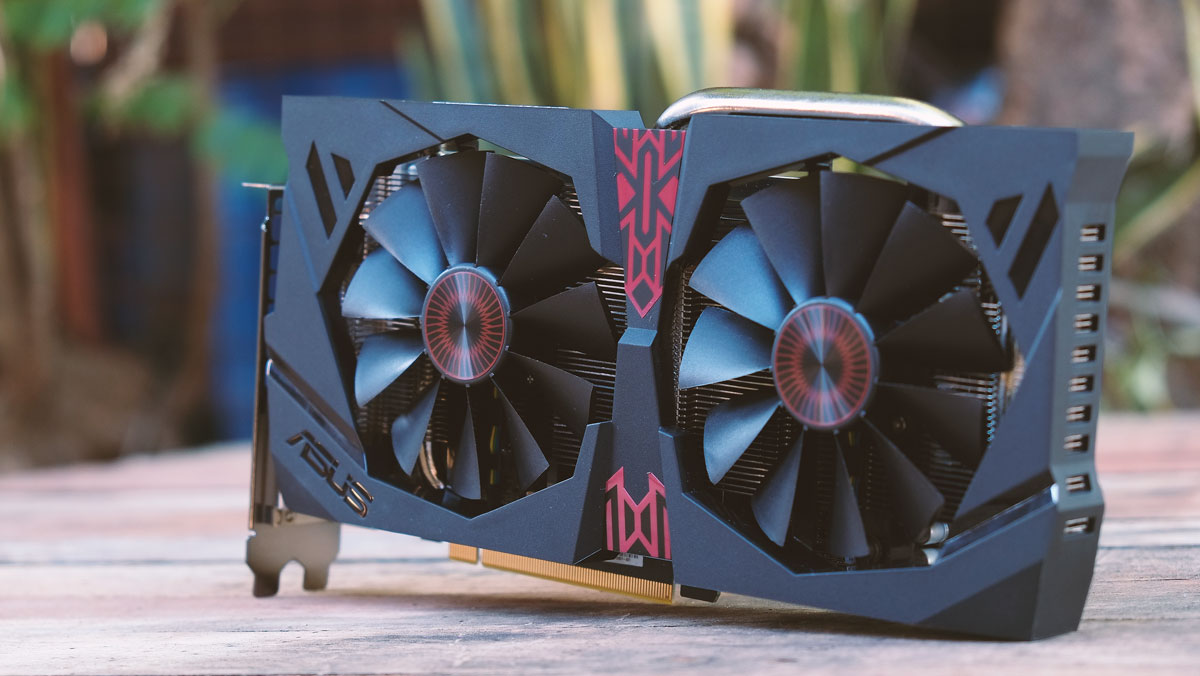
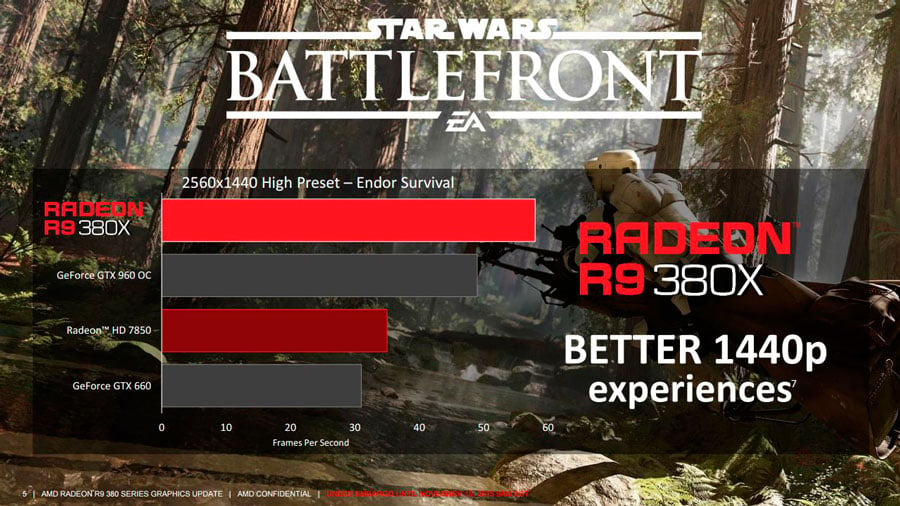
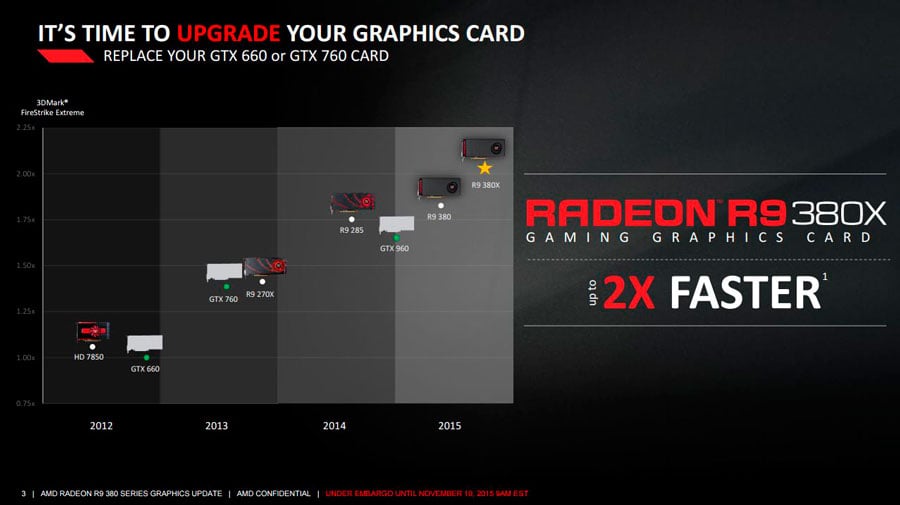
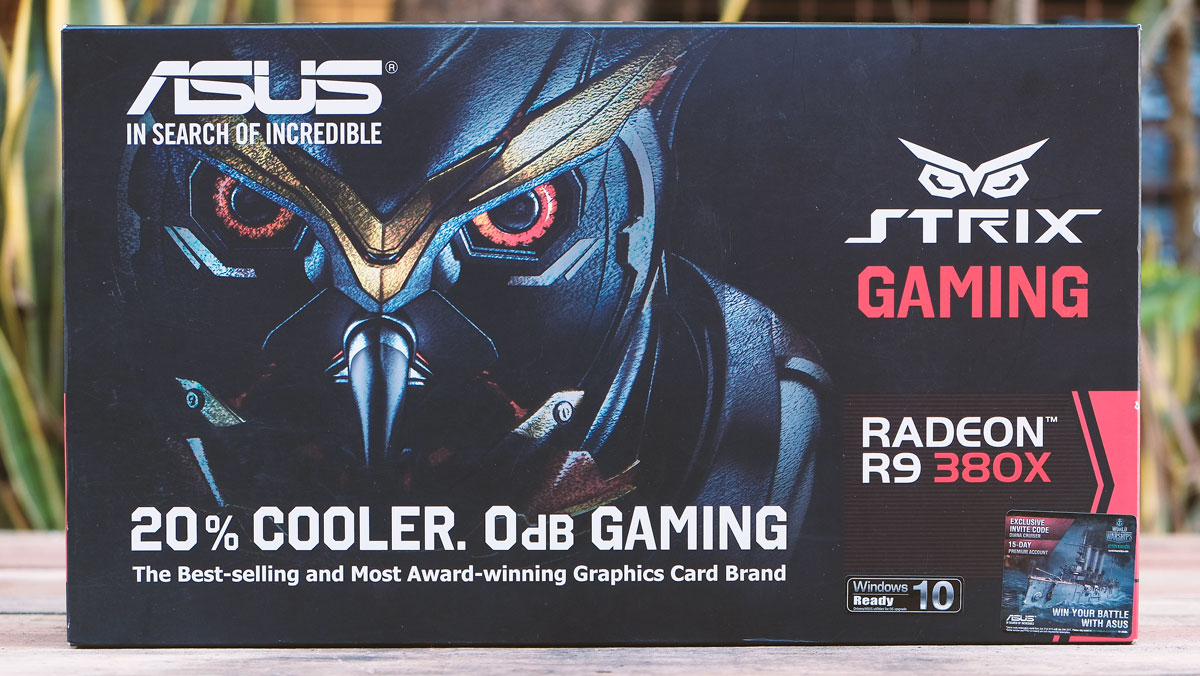
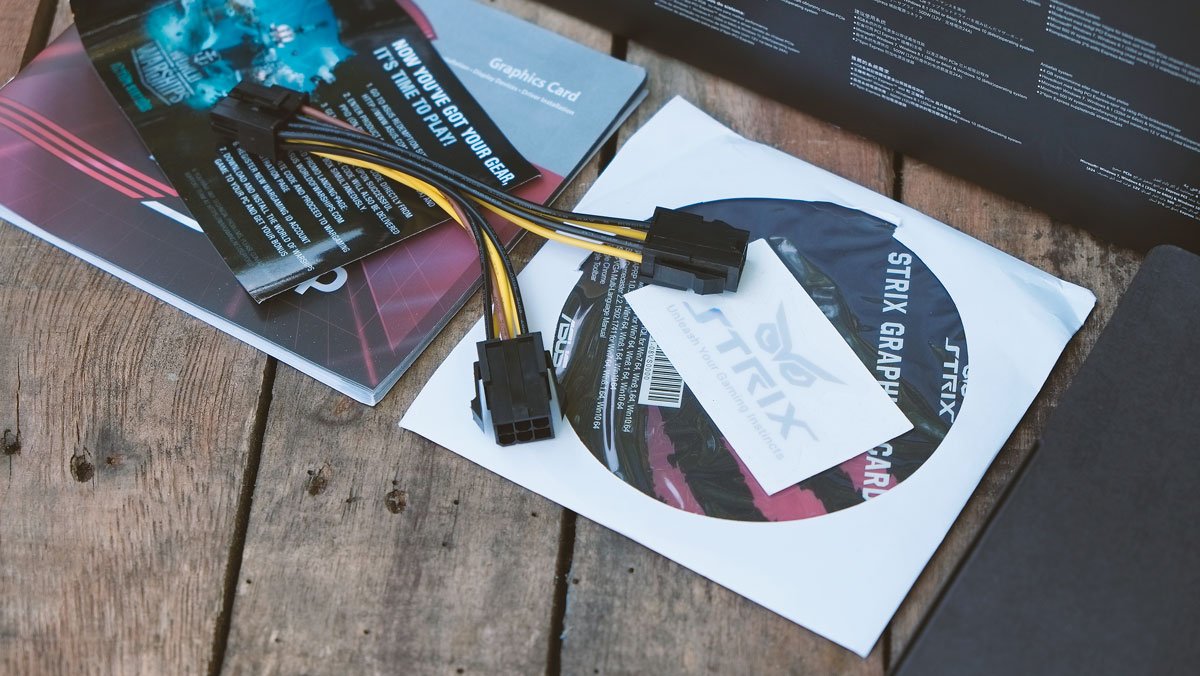

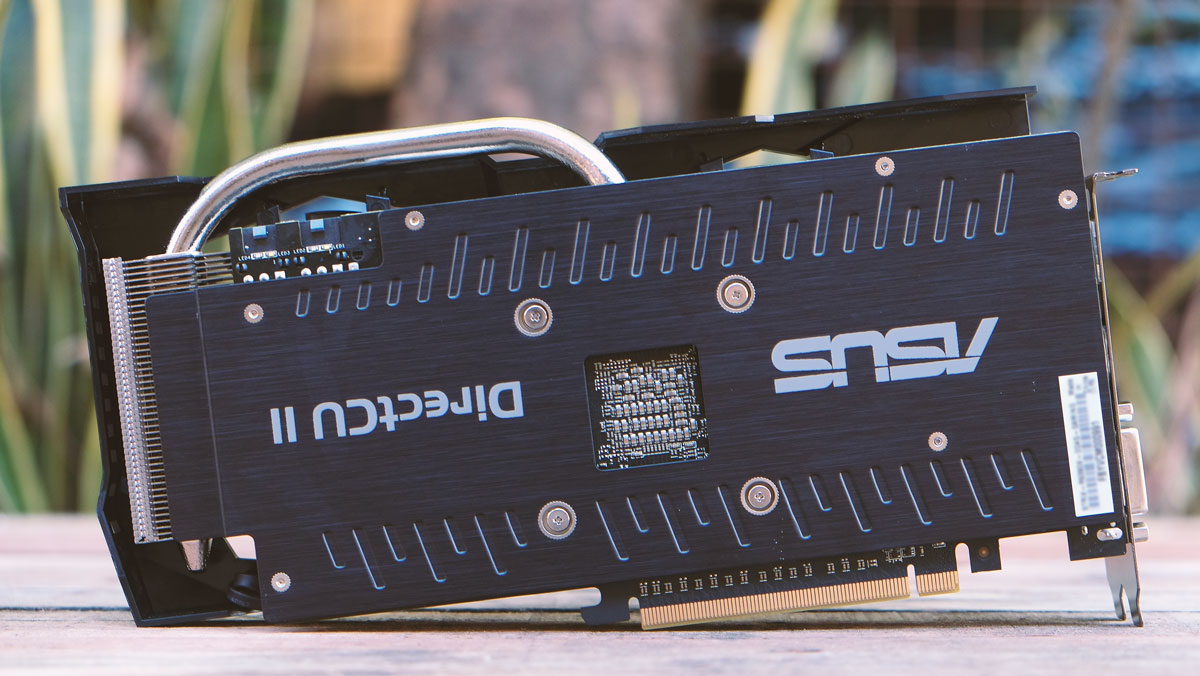
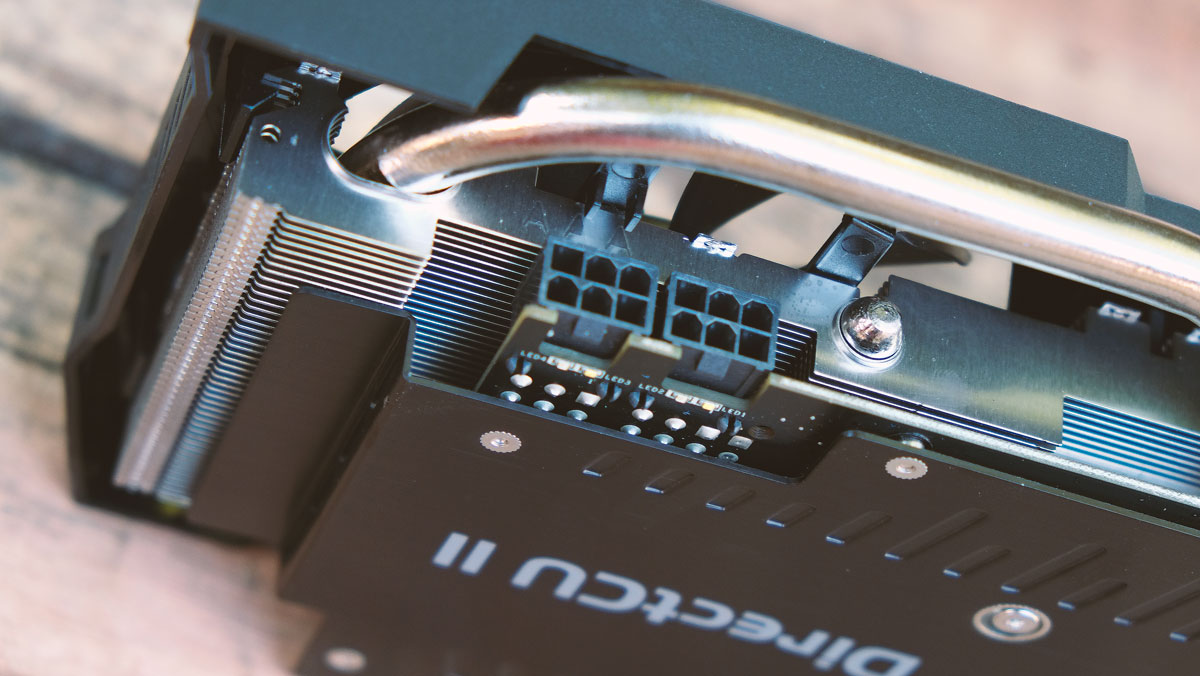
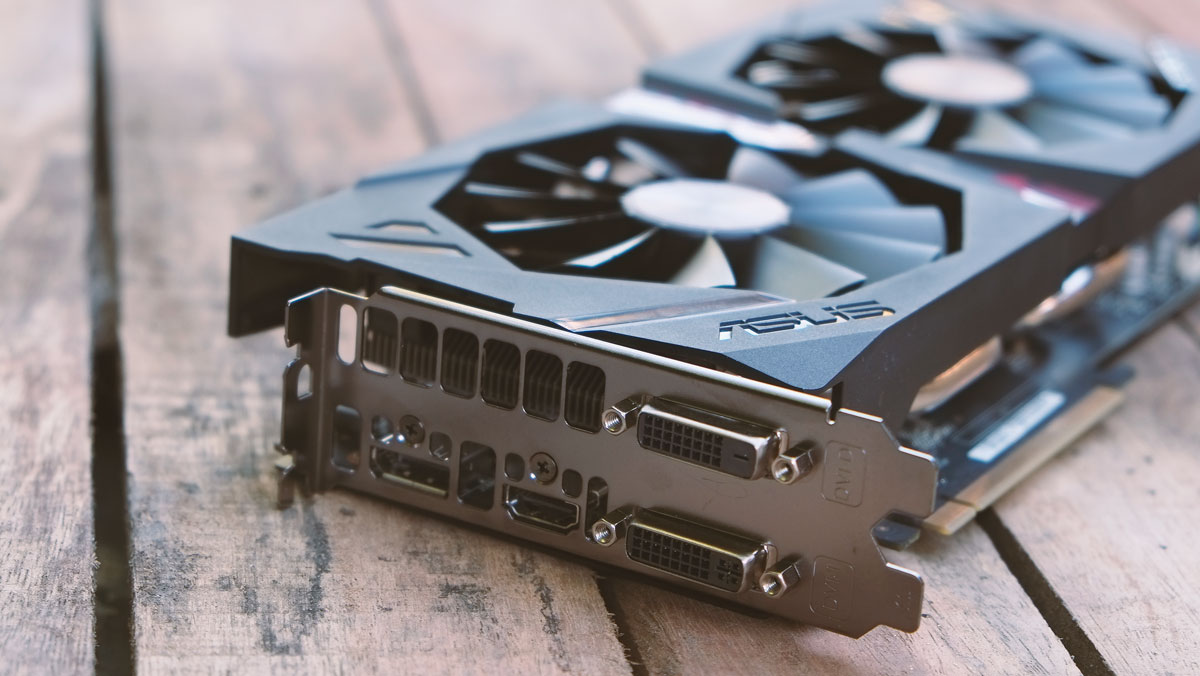
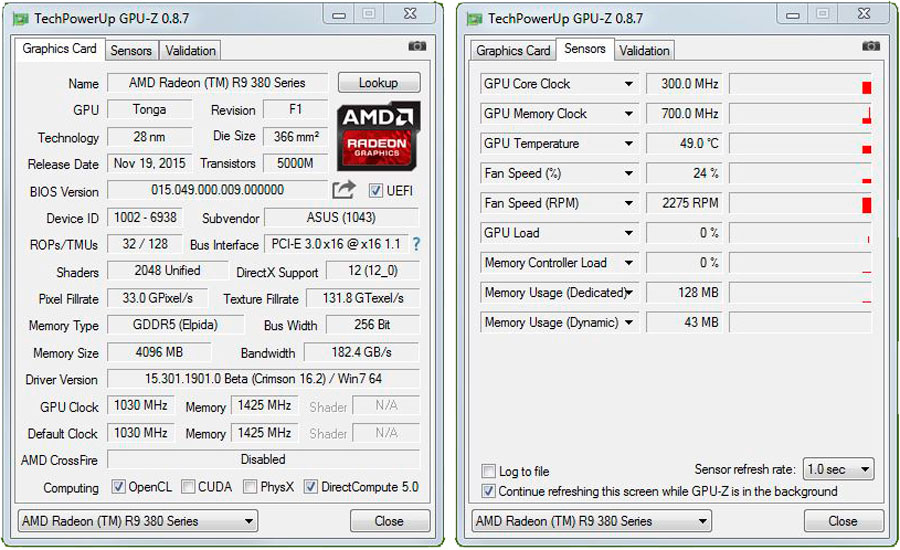
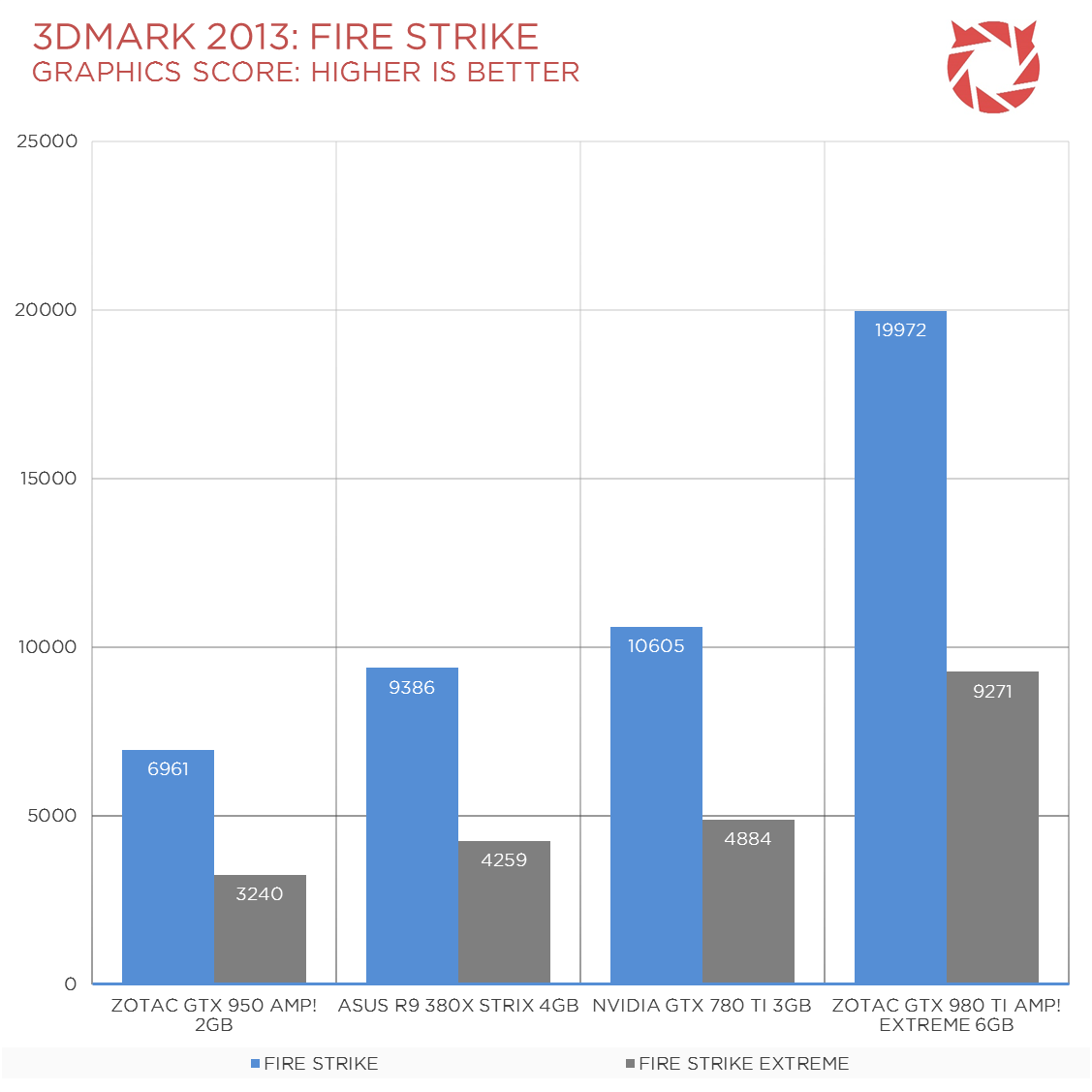
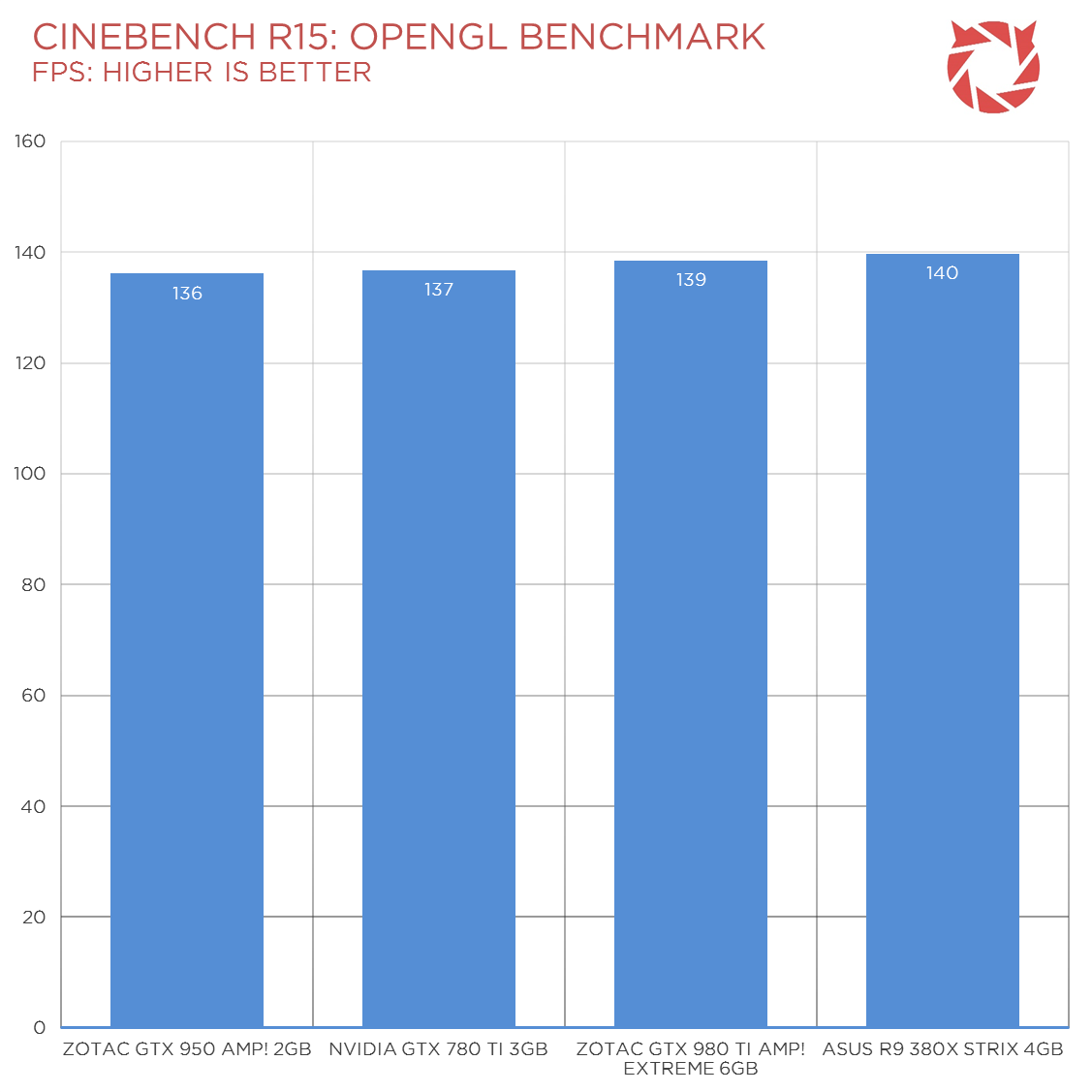
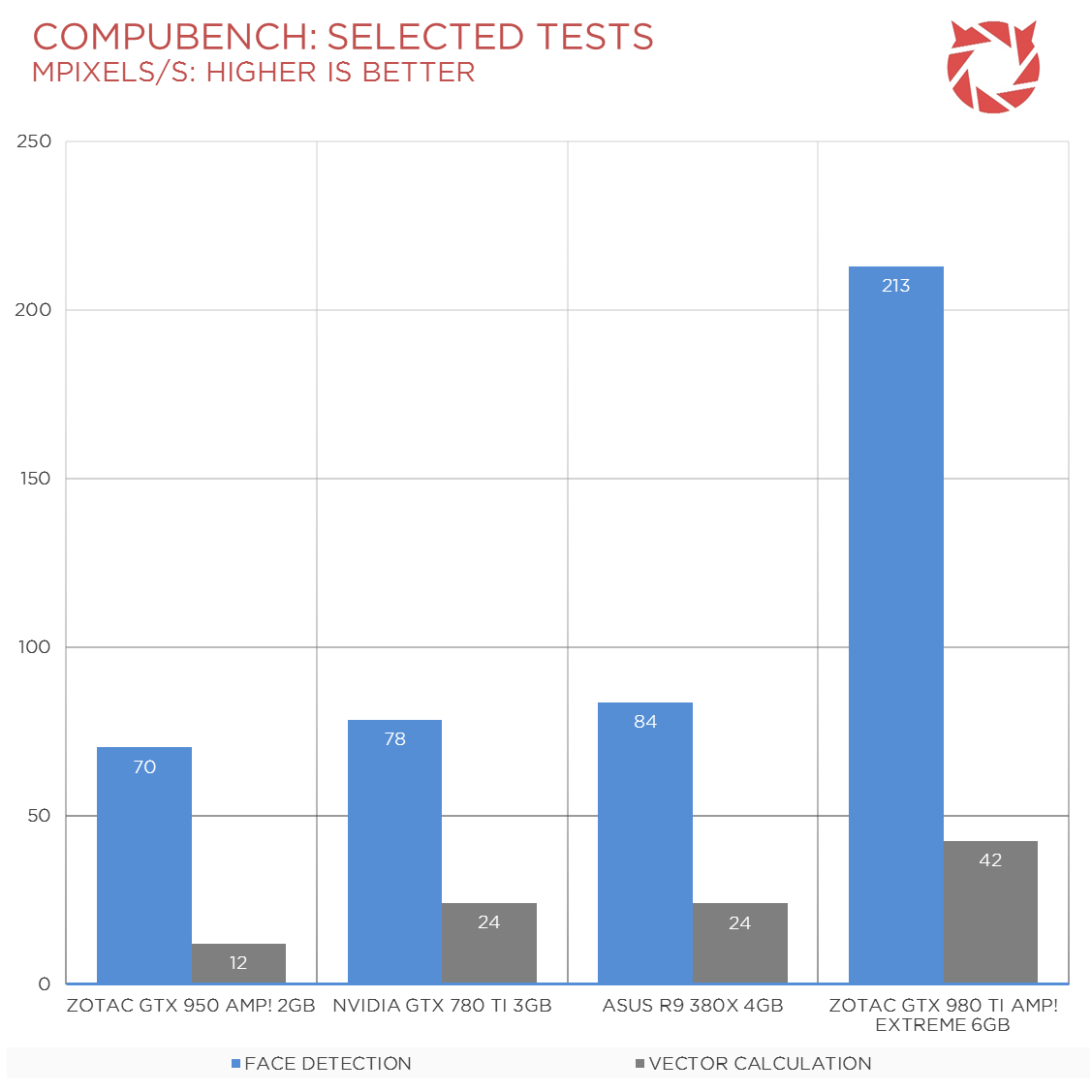

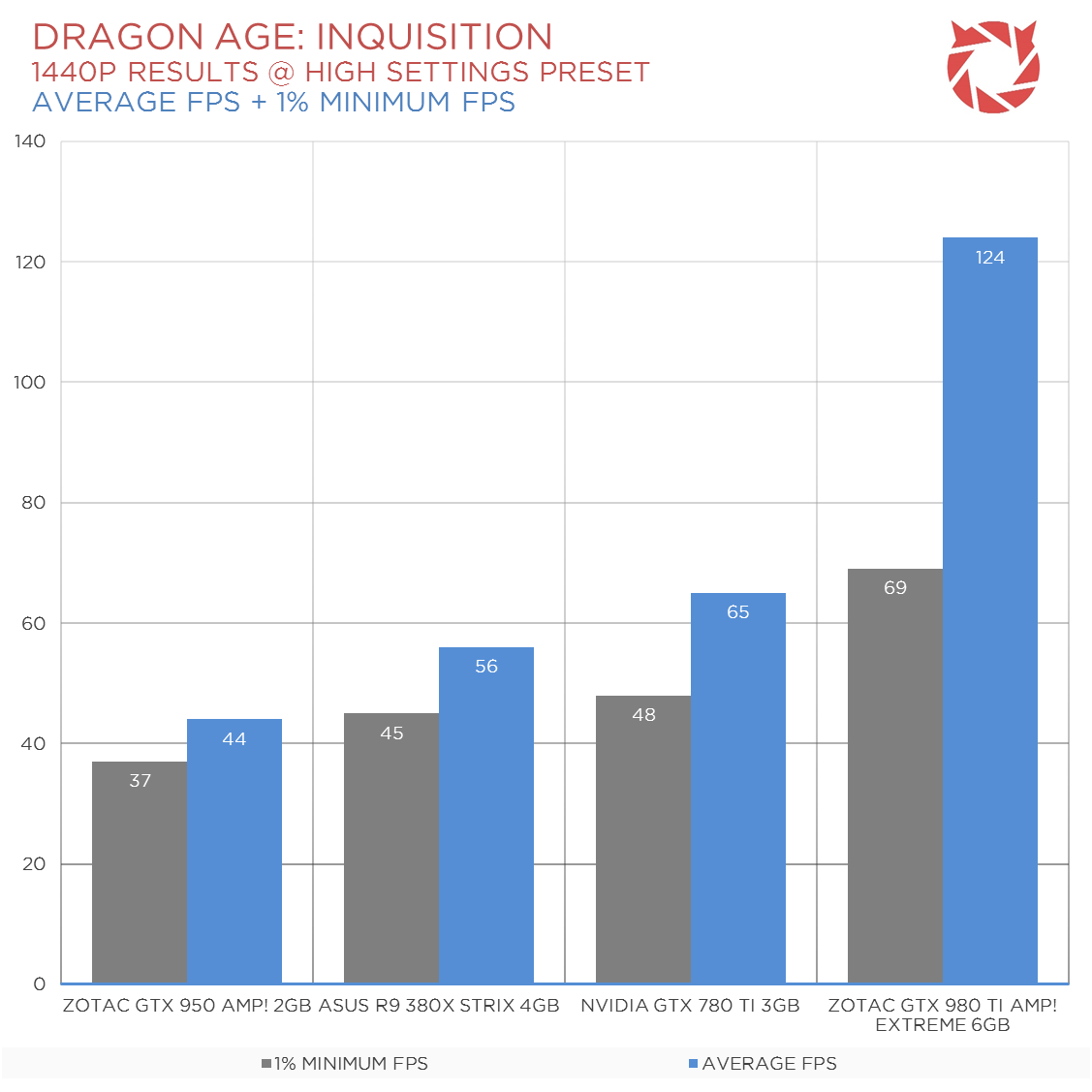
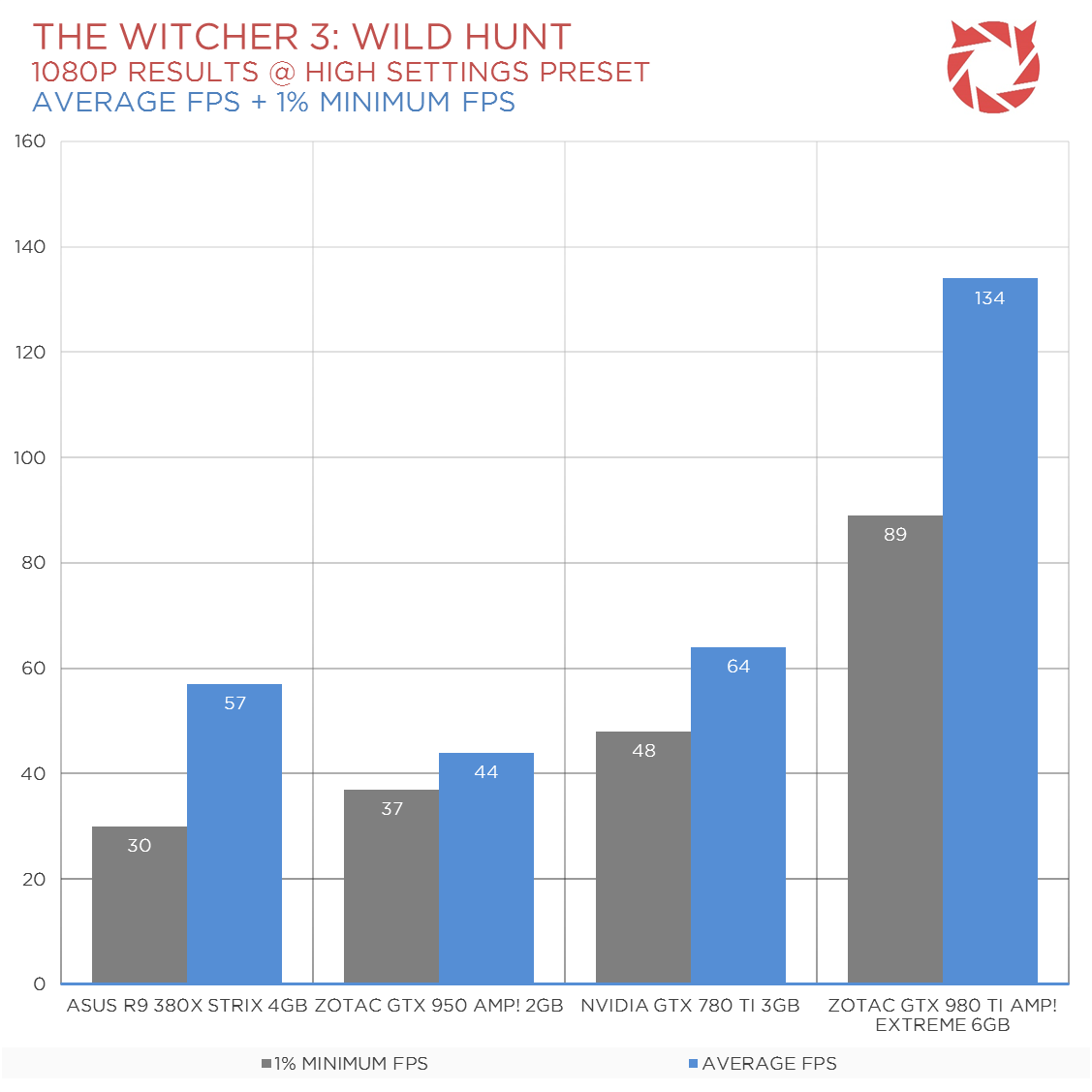
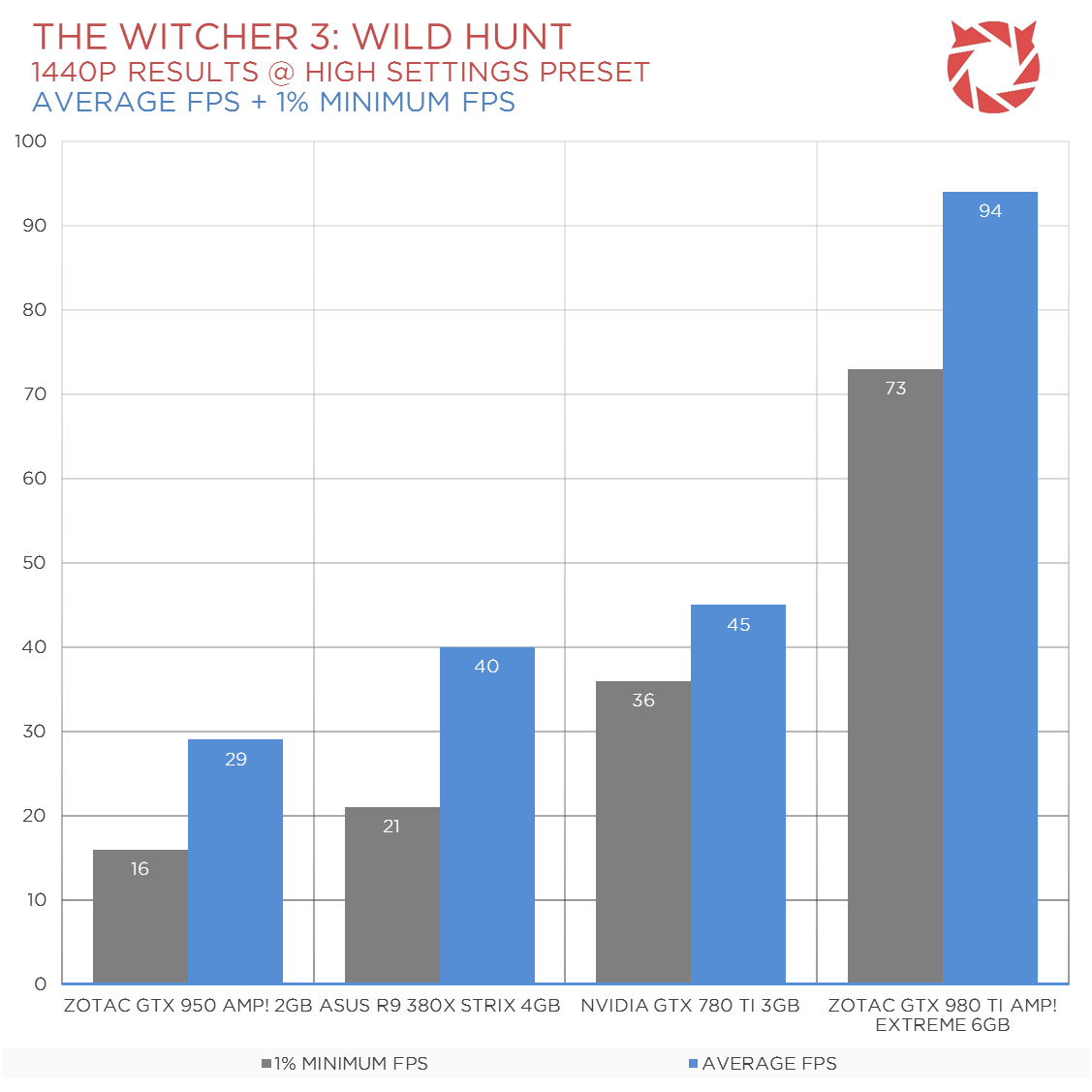
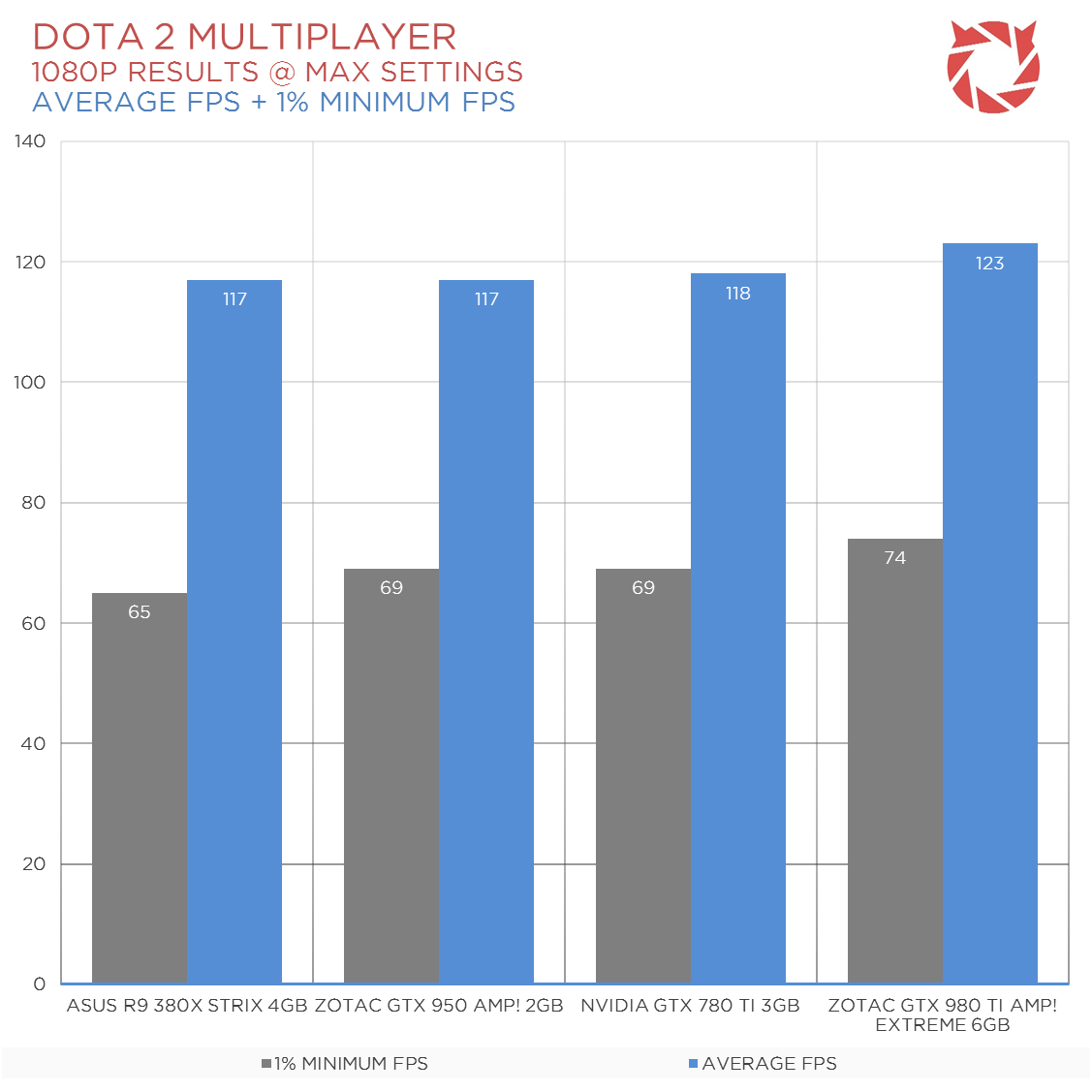
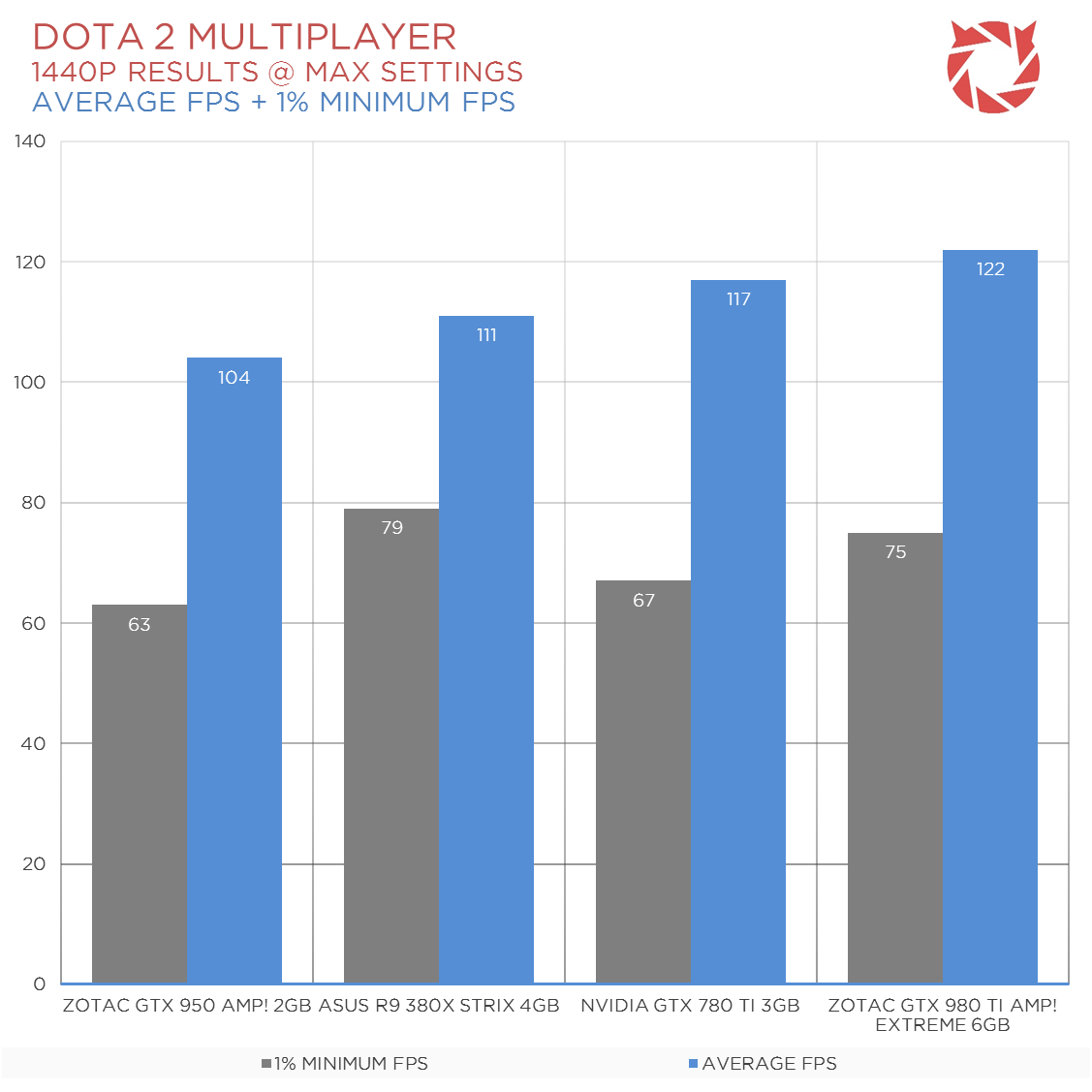

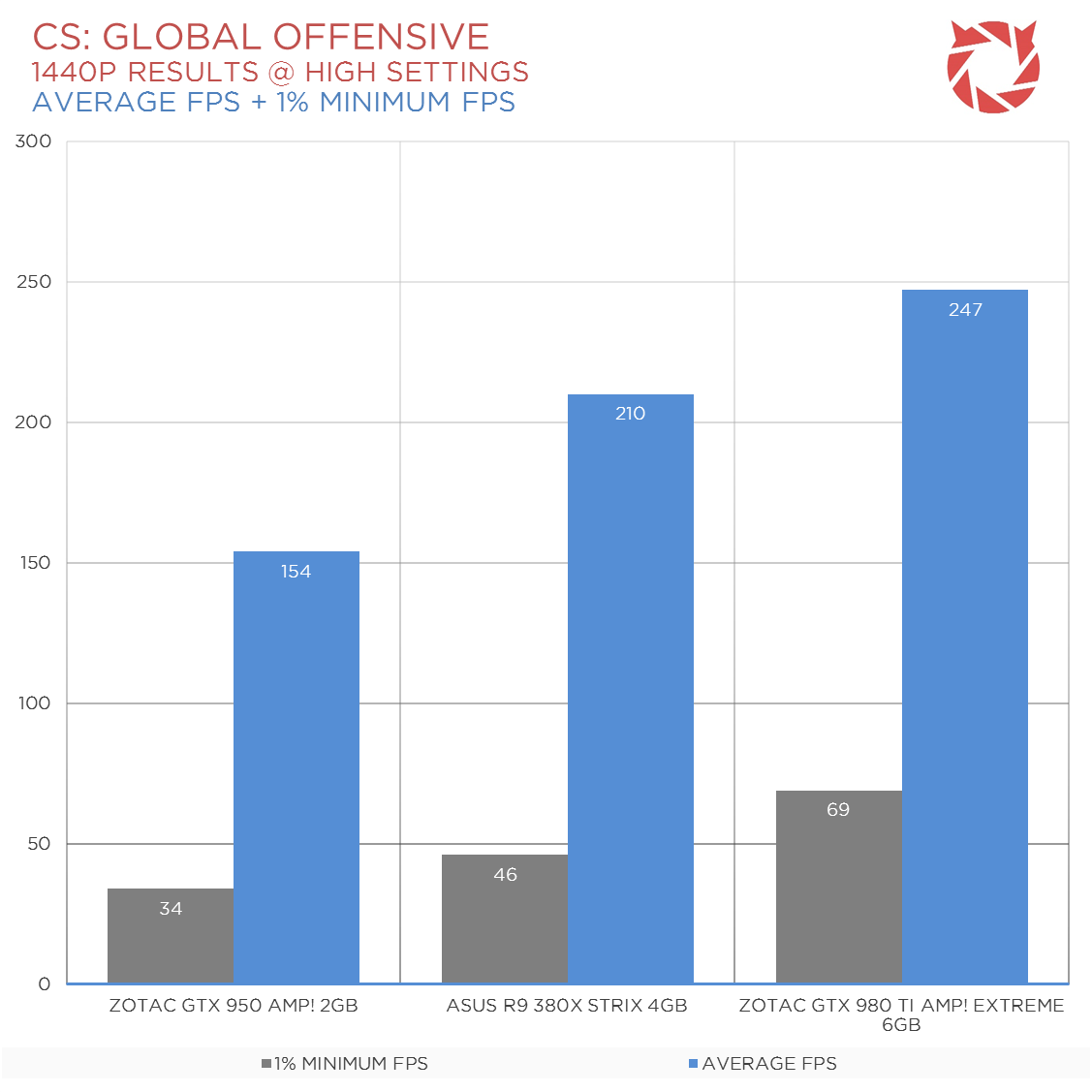

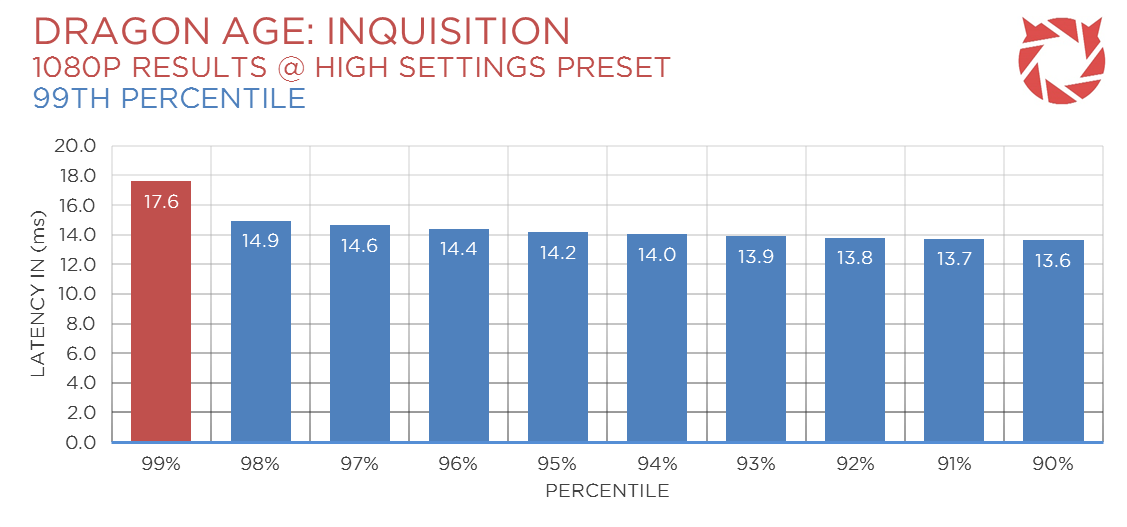
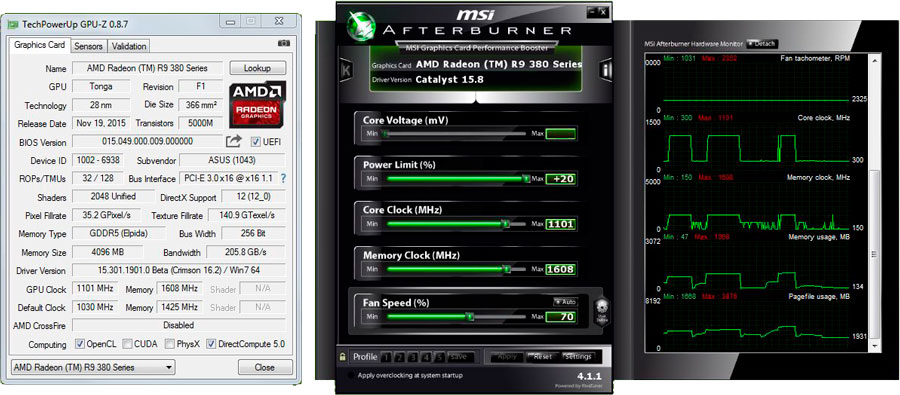
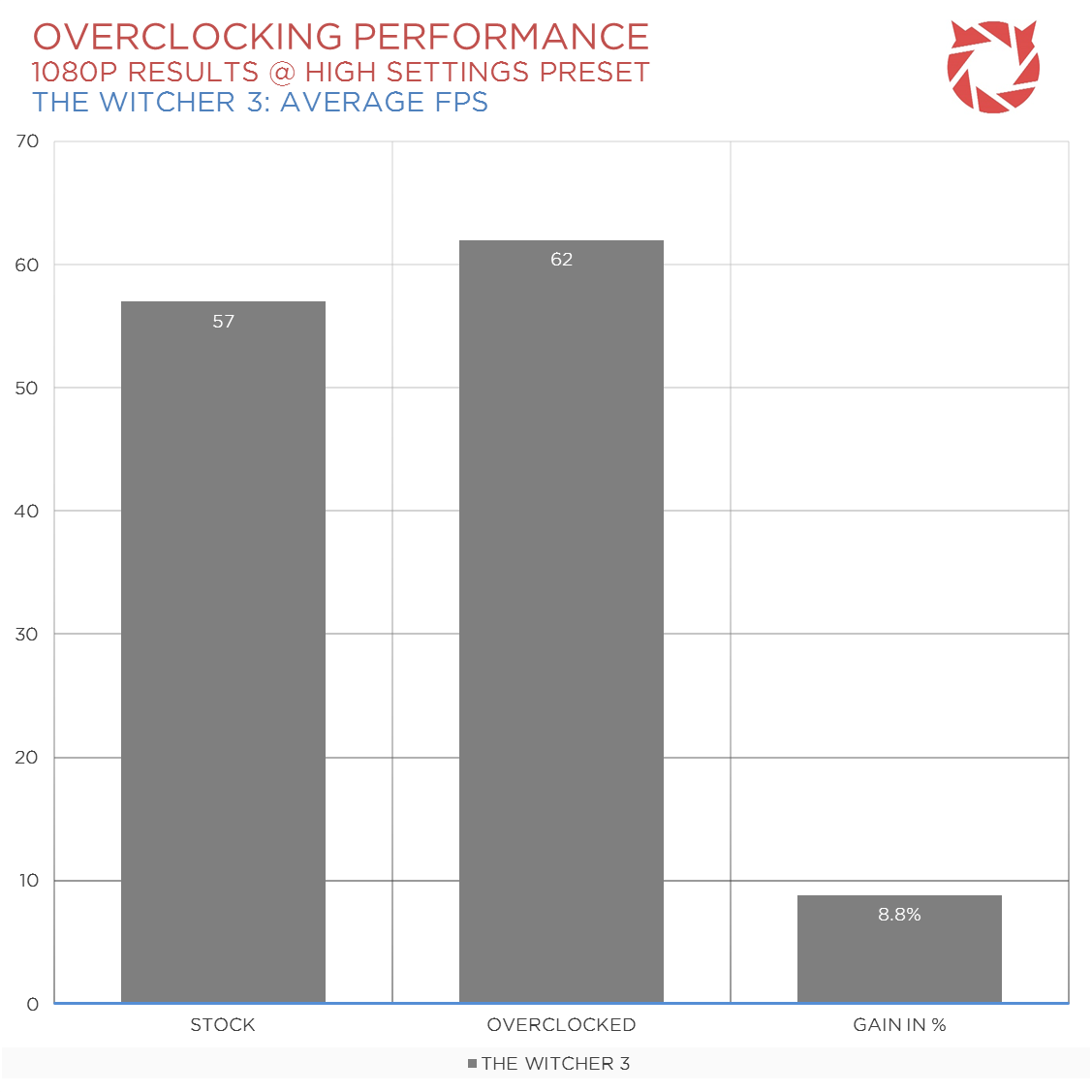

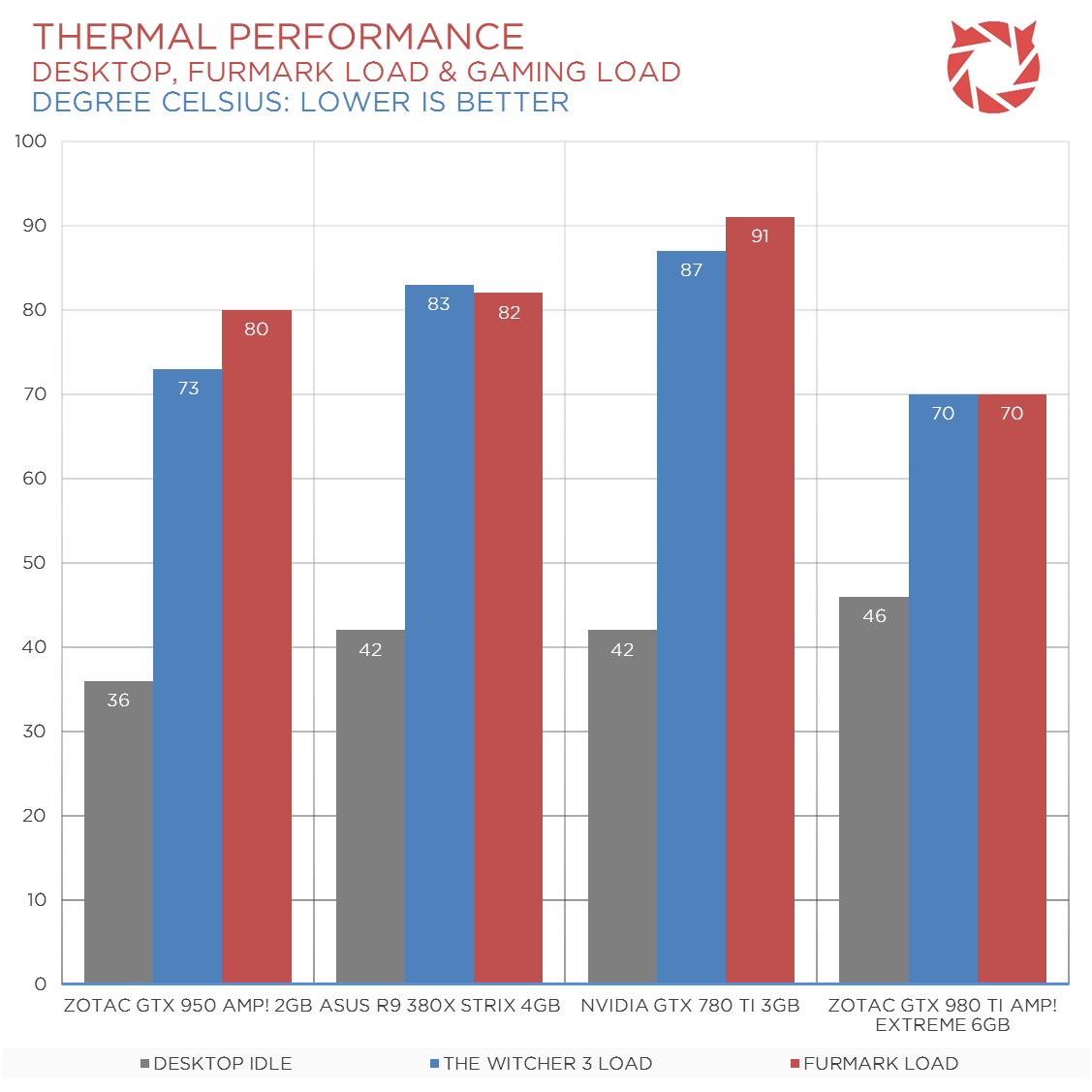
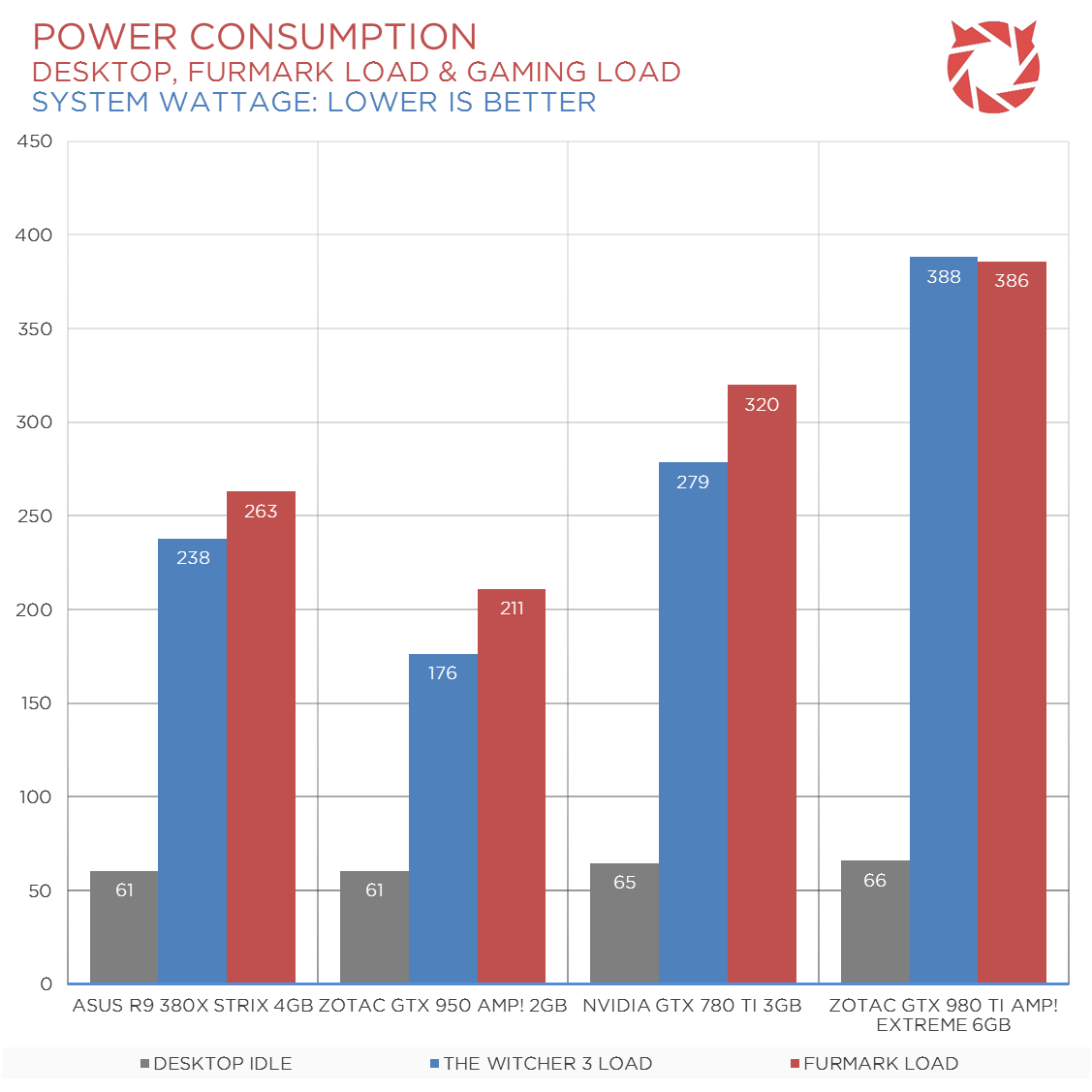
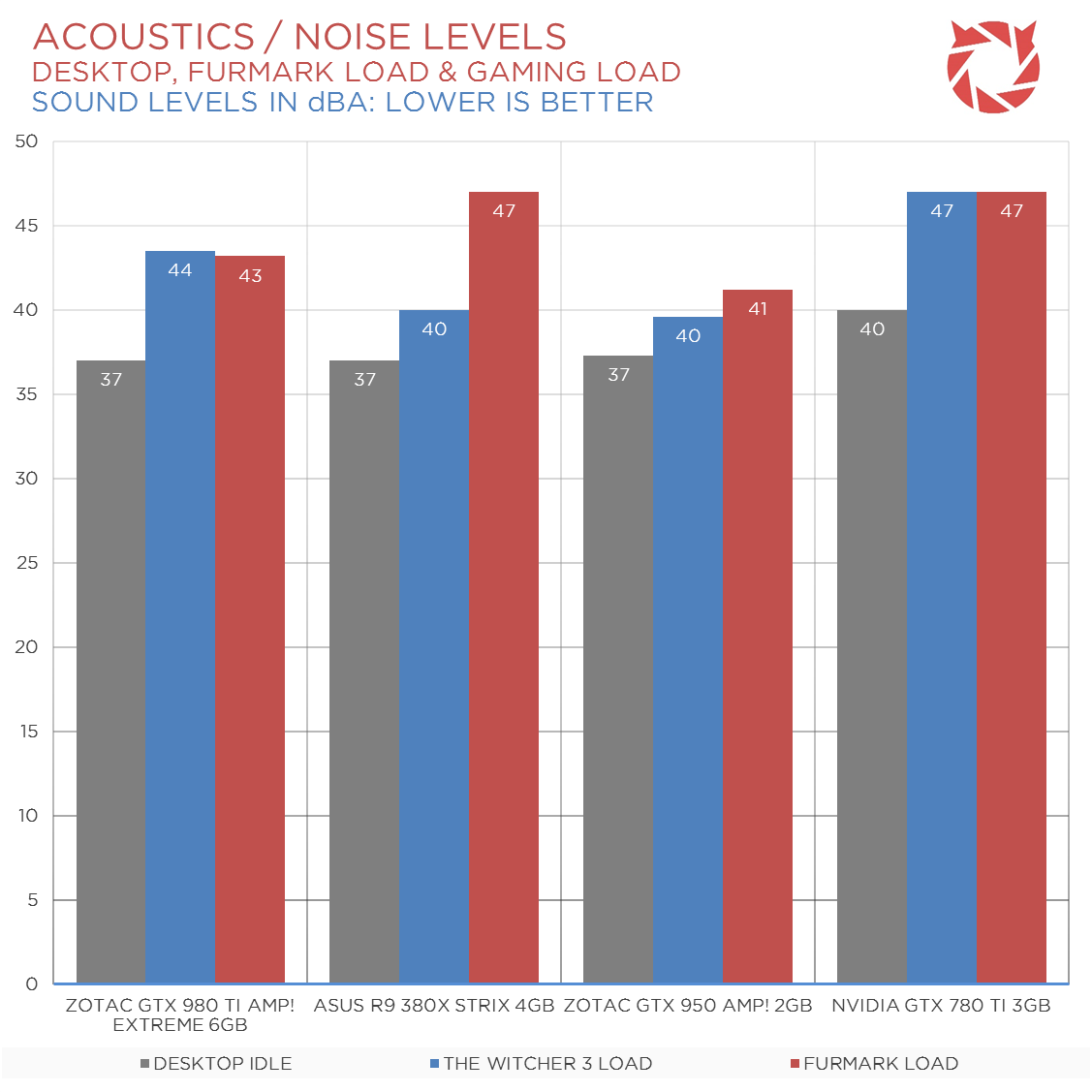



Php11k for the Sapphire model. Is this the best value card in the local market today?